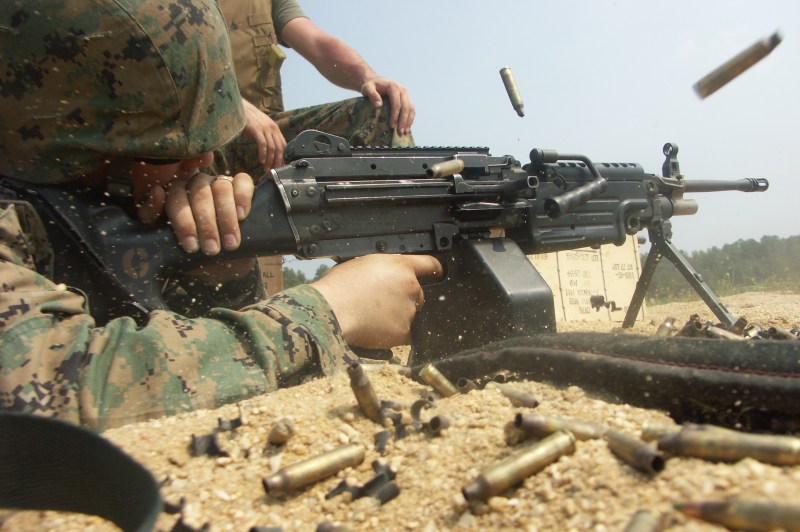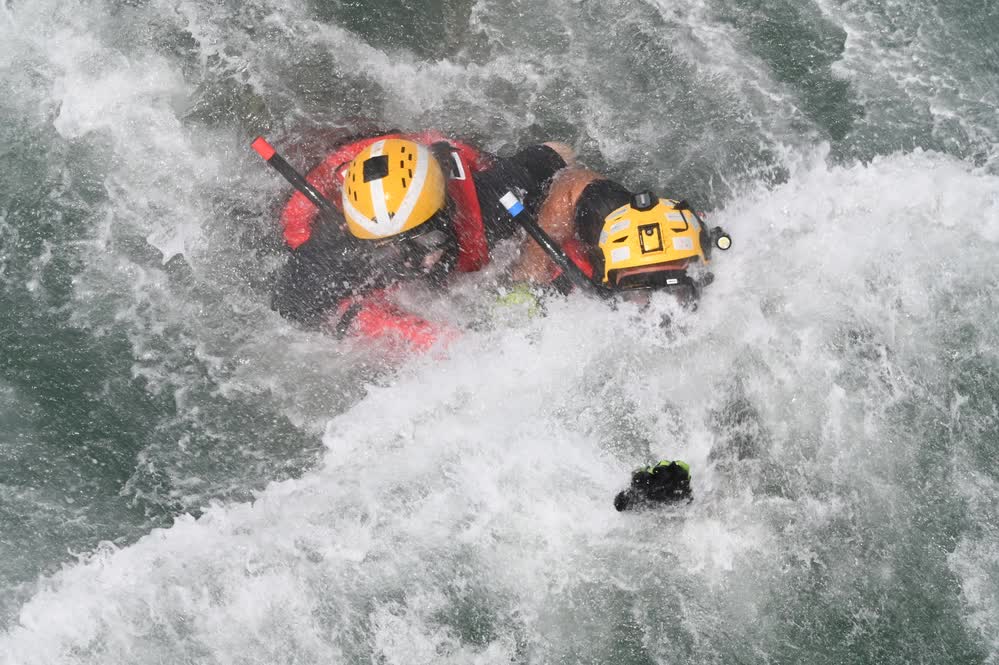This article by Alex Hollings was originally published by SOFREP
One of the most common misconceptions about firearms you may come across involves the appropriate use, and value of, automatic weapons. If action movies and TV shows are to be believed, an automatic weapon is always the best option for a fire fight – and that may be the case in the “Expendables” universe, where reloading is only something you do for dramatic effect, and never comes into play during an actual firefight.
In combat, automatic weapons are more commonly employed as a means of suppressing enemy movements than they are in actually killing the enemy. It’s because of this that many of those who aren’t familiar with how combat operations are actually conducted use the number of rounds expended versus the number of enemies killed as a metric for how cost-effective our military personnel are in theater. Despite the sniper adage, “one shot one kill,” it’s not uncommon for military personnel to fire their weapons without a target in sight at all, as it’s better to keep the enemy behind cover as friendly forces get into position than it is to allow them to be sending rounds back in your direction.
Of course, automatic fire has other uses too — particularly at the beginning of an engagement where both groups are rapidly attempting to develop fire superiority over their opponents. In these close-quarters fights, automatic fire offers the shooter the ability to sling more lead in the direction of an enemy position, potentially neutralizing more opponents (or at least the same number of opponents while making allowances for unstable firing positions and more rapid target acquisition and engagement). However, as a fight wears on or distances grow, the value of automatic fire becomes more about controlling the enemy’s behavior as a broader strategy plays out.
In Vietnam, for instance, the oft cited figure of 50,000 rounds per one enemy combatant killed has been used as an indicator of how much more effective snipers are than conventional forces. By some estimates, based on ammunition spending figures from the Government Office of Accounting, as many as 250,000 rounds have been fired for every enemy terrorist killed in the War on Terror. Again, criticism that cites such figures, however, rarely reflects the reality of how ammunition is used not only to kill the enemy, but to manage their behavior during a fire fight.
But what if you found yourself in a post-Apocalyptic or Red Dawn type scenario that didn’t involve needing to provide suppressive fire to cover friendly movements or inhibit enemy ones? If you’re armed with a firearm that offers both automatic and semi-automatic fire, which is your best bet to get you through a fight for your life where you’re outnumbered and outgunned?
Chief Warrant Officer 5 Christian Wade, who served as the 2d Marine Division Gunner, decided to shed some light on that question in his series of “Gunner’s Fact or Fiction” videos. In this video, he and Cpl. Gerald Tredo conduct a series of firing drills from different distances, first with semi-automatic fire, then again with automatic, to assess which situations are best for each method of fire.
Watch the video below to see the Gunner explain when best to use full automatic fire, and when you’re better off keeping your weapon on semi.
https://www.facebook.com/2dMarDiv/videos/1650619518333295/




